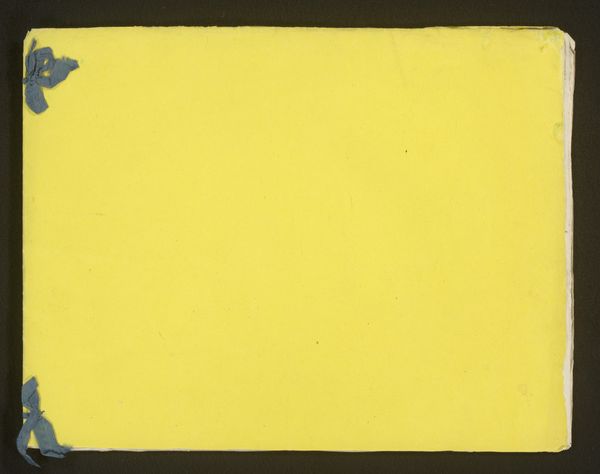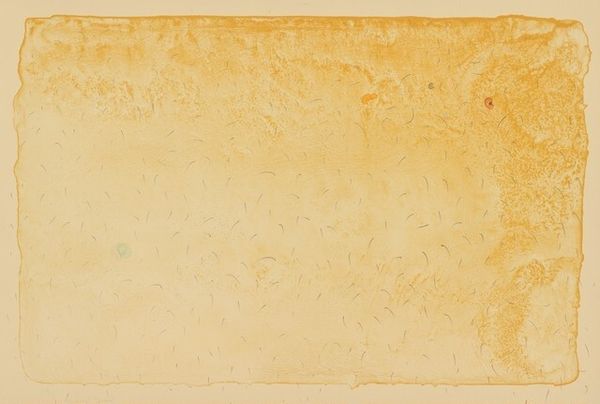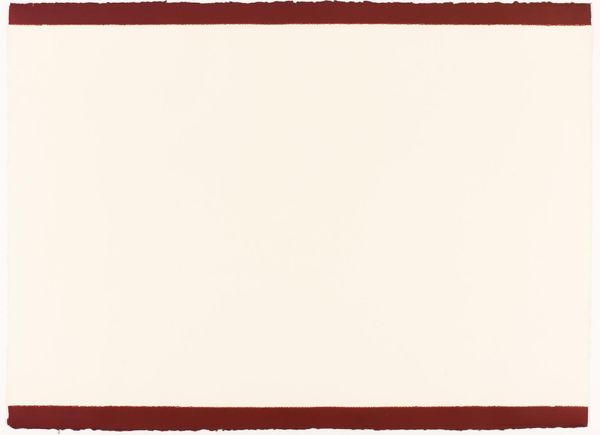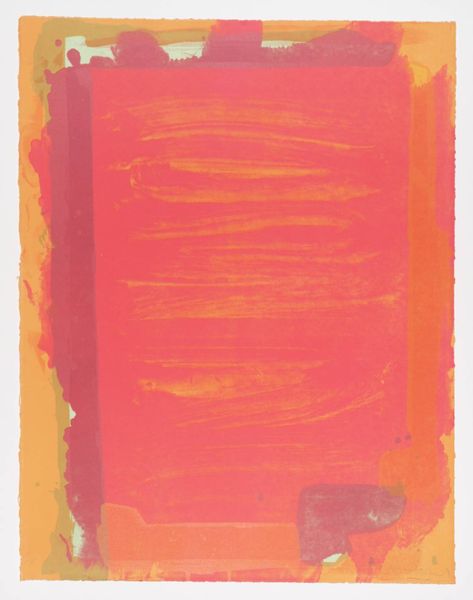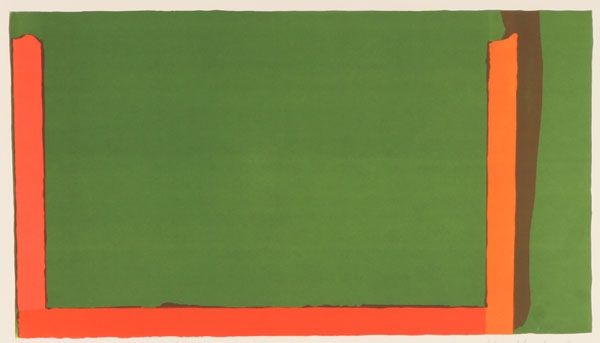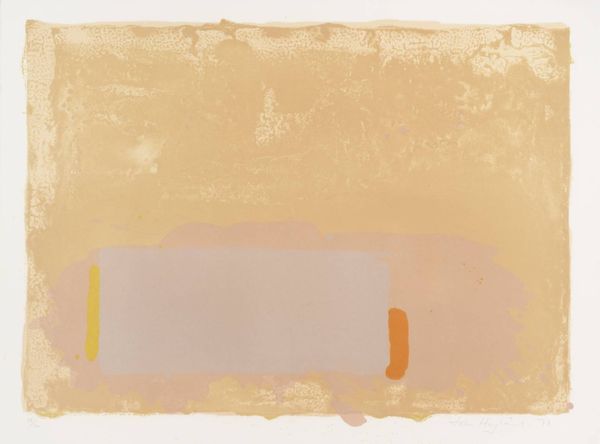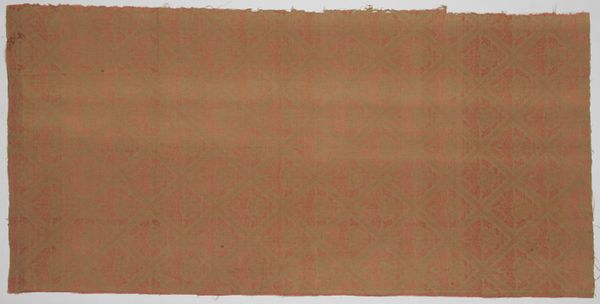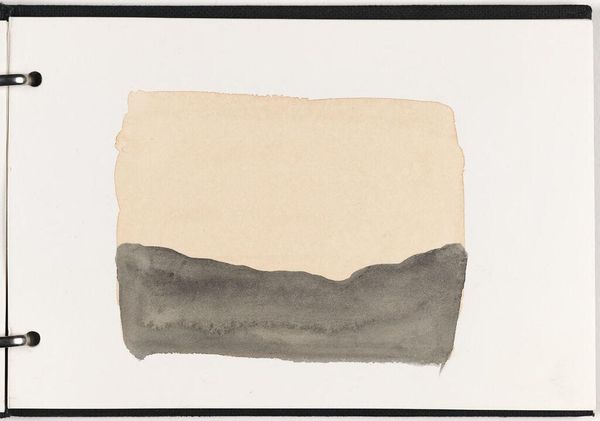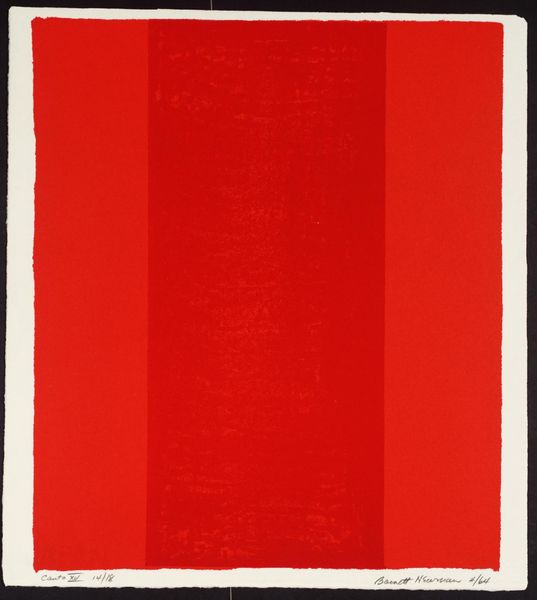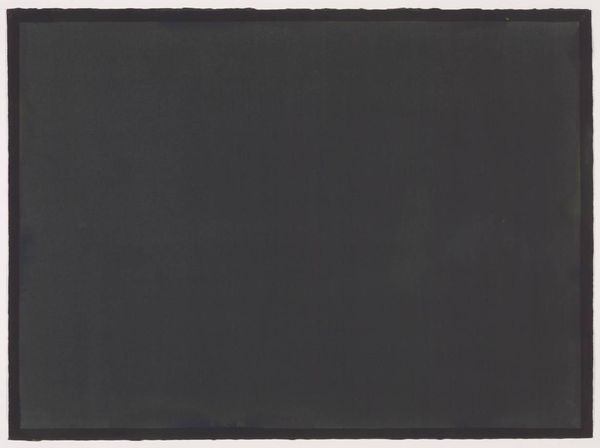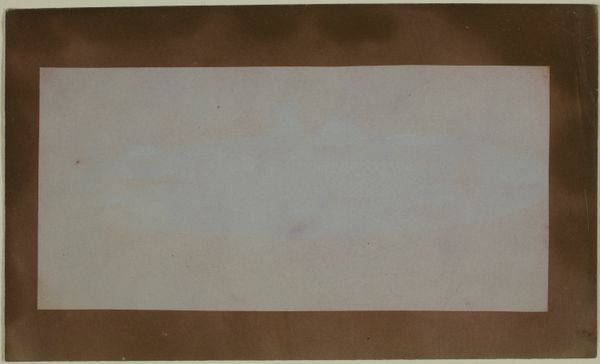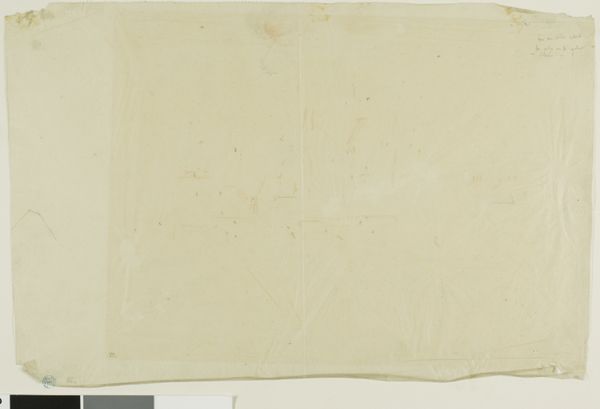![Untitled [SF66-036] by Sam Francis](/_next/image?url=https%3A%2F%2Fd2w8kbdekdi1gv.cloudfront.net%2FeyJidWNrZXQiOiAiYXJ0ZXJhLWltYWdlcy1idWNrZXQiLCAia2V5IjogImFydHdvcmtzLzA3Y2JhNDUwLTc2N2EtNGMyYi05NmNmLWRiN2M0YWIxYjFlMS8wN2NiYTQ1MC03NjdhLTRjMmItOTZjZi1kYjdjNGFiMWIxZTFfZnVsbC5qcGciLCAiZWRpdHMiOiB7InJlc2l6ZSI6IHsid2lkdGgiOiAxOTIwLCAiaGVpZ2h0IjogMTkyMCwgImZpdCI6ICJpbnNpZGUifX19&w=1920&q=75)
drawing, painting, acrylic-paint
#
abstract-expressionism
#
drawing
#
painting
#
acrylic-paint
#
form
#
acrylic on canvas
#
abstraction
#
allover-painting
#
modernism
Dimensions: sheet: 40.2 × 25 cm (15 13/16 × 9 13/16 in.)
Copyright: National Gallery of Art: CC0 1.0
Curator: Sam Francis's "Untitled [SF66-036]" from 1966. It’s an acrylic on canvas that, through its application of abstract expressionist techniques, explores notions of form, color, and the dynamic between absence and presence. Editor: Oh, wow, it's…it’s like looking at a memory that’s mostly faded, only the vibrant edges remain, a tantalizing whisper of what once was. The large expanse of bare canvas really pulls me in; I am instantly contemplative. Curator: I appreciate your observation. What strikes me is how the surrounding colors—red, blue, green, and orange—create a border, almost a frame, that challenges traditional pictorial space. Francis, at this time, was greatly influenced by Abstract Expressionism, a period where emphasis shifted away from depiction of form, and toward gesture and material to expose a deeper visual plane. Editor: Gesture indeed. Those hues dance around the edges—I find it really invites a feeling of freedom! It's as if Francis wanted to let color breathe, expand beyond confines. You know, there’s this beautiful, intentional imperfection, almost. And the way that one tiny splat of paint just… sits there… gives this little piece so much soul! Curator: Right! And his process… he allowed the paint to drip and pool, creating this sense of movement and chance that was actually quite intentional, quite performative. Thinking of broader contexts, we can discuss Clement Greenberg, who strongly promoted flatness. Works like this push boundaries, engaging with painting's limitations, all while opening avenues to perception. Editor: Absolutely! The lack of an actual concrete subject turns *me* into the subject… like a cosmic Rorschach test. This piece gives my brain some space to run, to contemplate and to sort. Like a vacation in the mind, perhaps! Curator: It is interesting you mention “space to run,” as his exploration of abstraction provided other Black artists expanded potential. But that can be a subject for another day. I am appreciative for your reflections that touch the painting's poetics, the dialogue it strikes with absence and presence, as we conclude this guide. Editor: Yes! I appreciate seeing beauty in its simple, purest form here; it is also an artful invitation to contemplate its significance and historical depth with a dear fellow art enthusiast, so I walk away, enlightened!
Comments
No comments
Be the first to comment and join the conversation on the ultimate creative platform.
